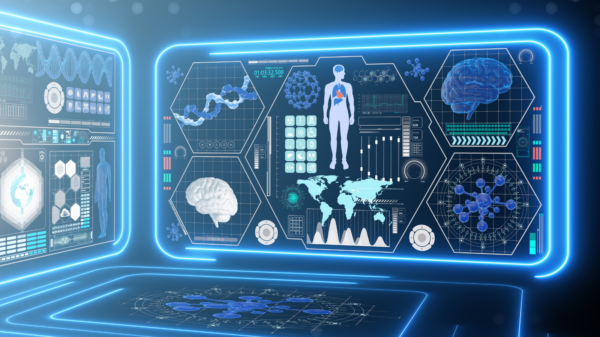Customer Relationship Management (CRM) is a vital aspect of any successful business. It involves managing interactions and relationships with customers to enhance customer satisfaction and loyalty. By implementing effective CRM strategies, businesses can build lasting connections with their customers, leading to increased sales, customer retention, and overall business growth.
Understanding CRM
CRM is not just a software or a tool; it is a comprehensive approach to managing customer relationships. It involves collecting and analyzing customer data to gain insights into their preferences, needs, and behaviors. This information is then used to tailor marketing strategies, improve customer service, and personalize the customer experience.
CRM systems enable businesses to track customer interactions across various touchpoints, including phone calls, emails, social media, and in-person interactions. This data allows businesses to understand their customers better and provide them with a seamless and personalized experience.
The Benefits of CRM
Implementing a CRM system offers numerous benefits for businesses of all sizes:
1. Enhanced Customer Satisfaction
By understanding your customers’ preferences and needs, you can provide them with personalized experiences and tailored solutions. This leads to increased customer satisfaction and loyalty, as customers feel valued and understood.
2. Improved Sales and Marketing
CRM systems provide valuable insights into customer behavior and purchasing patterns. This information can be used to identify cross-selling and upselling opportunities, target specific customer segments, and create more effective marketing campaigns. By personalizing your marketing messages, you can increase customer engagement and drive sales.
3. Streamlined Customer Service
A CRM system helps businesses streamline their customer service processes. It allows customer service representatives to access customer information quickly, enabling them to resolve issues more efficiently. This leads to faster response times and improved customer satisfaction.
4. Increased Efficiency and Productivity
CRM systems automate many manual tasks, such as data entry and reporting, freeing up time for employees to focus on more value-added activities. By automating routine tasks, businesses can increase efficiency and productivity, leading to cost savings and improved overall performance.
Implementing CRM Strategies
Implementing effective CRM strategies requires careful planning and execution. Here are some key steps to consider:
1. Define Your Objectives
Start by identifying your CRM goals. What do you want to achieve with your CRM system? Whether it’s improving customer satisfaction, increasing sales, or streamlining processes, clearly define your objectives to guide your CRM implementation.
2. Choose the Right CRM System
There are numerous CRM systems available, each with its own features and capabilities. Research and evaluate different options to find the one that best suits your business needs. Consider factors such as scalability, integration with existing systems, and ease of use.
3. Collect and Analyze Customer Data
Gather relevant customer data from various sources, such as sales records, customer surveys, and website analytics. Analyze this data to gain insights into customer preferences, behaviors, and trends. This information will guide your marketing and customer service efforts.
4. Train Your Employees
Provide comprehensive training to your employees on how to use the CRM system effectively. Ensure they understand the system’s features and how to leverage them to enhance customer relationships. Regular training and updates are essential to maximize the benefits of your CRM system.
5. Continuously Monitor and Improve
CRM is an ongoing process. Continuously monitor the performance of your CRM system and make adjustments as needed. Regularly review customer feedback and use it to improve your products, services, and overall customer experience.
Conclusion
Customer Relationship Management is a powerful tool for building lasting connections with your customers. By implementing effective CRM strategies, businesses can enhance customer satisfaction, improve sales and marketing efforts, streamline customer service, and increase overall efficiency and productivity. Invest in a robust CRM system and take the necessary steps to implement it successfully. Your customers will appreciate the personalized experiences, and your business will reap the rewards of long-term customer loyalty and growth.




































